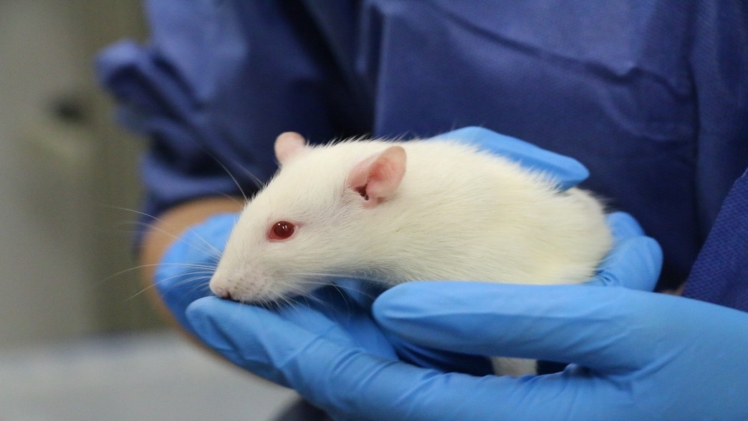Pets in Biomedical Research

A pet-animal, or pet, is generally an animal kept mainly for the pleasure of a human being or business, not necessarily as a laboratory or working animal, Livestock, in general. In recent times the role of the pet-animal has changed a lot and the traditional view of the pet-animal is changing also. A pet-animal is no longer confined to loving look of affectionate enjoyment, but now the pet-animal is generally a companion animal or laboratory animal used for scientific purposes. A pet-animal is generally used for research in biomedical science. The pet-animal used in biomedical research needs special nourishment, temperature control and medical attention in comparison to the care of pets given at home.
For example, a research scientist may isolate the gene related to hearing loss in the bat species to be used for future research on hearing loss in humans. Similarly, a pet-animal may be used for biomedical research to find out about the immune system, allergies, genetics, microorganisms, anatomy, physiology, pharmacology, etc. The pet-animal is also often used in immuno-immuno-selective procedures such as real time cell therapy, high dose chemotherapy, etc. These days, the pet-animal is a suitable replacement for the sick mice or rats used in research.
There are also cases where pets are used for experimental treatments for human diseases like diabetes, cancer and Alzheimer’s. The pet-animal is usually given proper nutrition, healthy shelter and privileges of life. The pet is also treated in case of injury or accident. A research scientist may adopt a pet from an animal shelter, thus making it a completely harmless pet to the researchers.